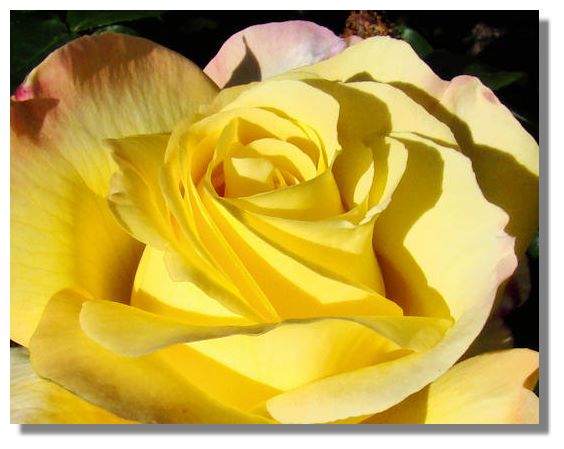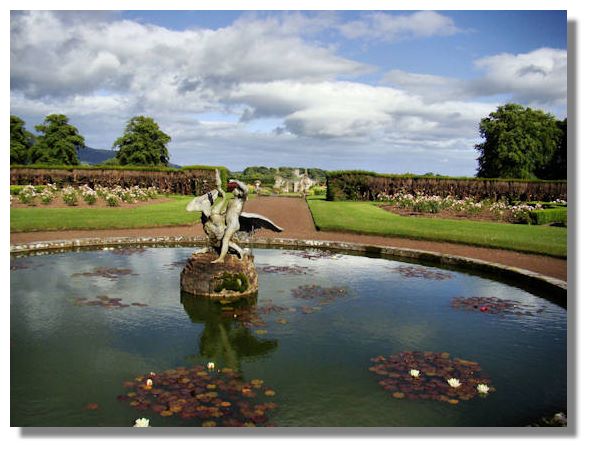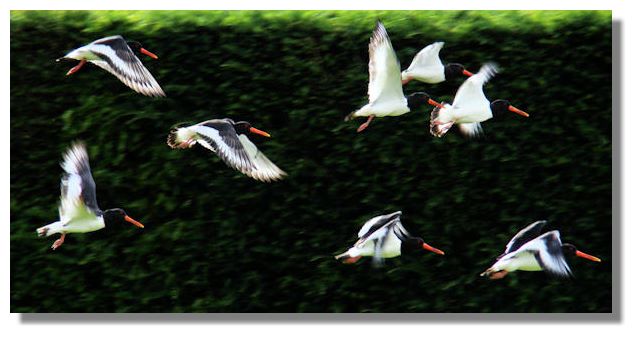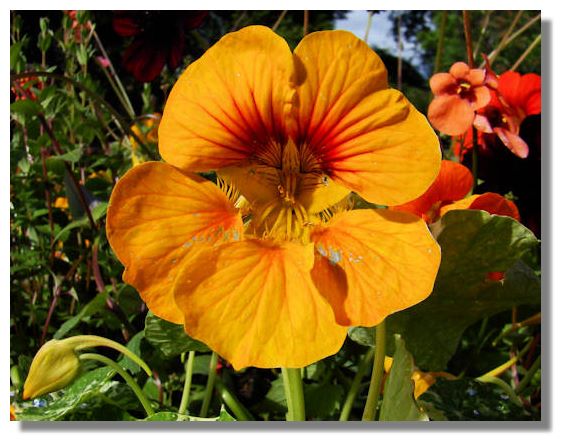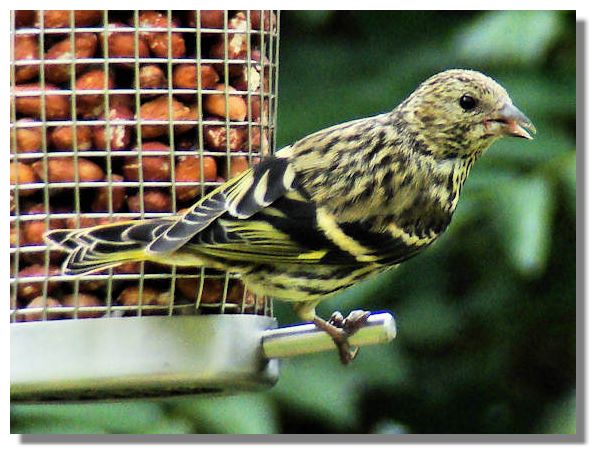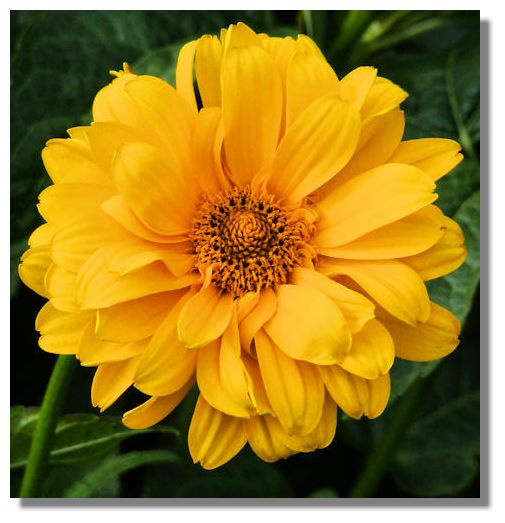The Rampant Scotland Newsletter includes a number of photographs which illustrate the weather and the seasons, plus the flora and fauna of the current week around Scotland. This separate "colour supplement" displays some more pictures, in a larger format. Here is this week's crop of Scottish views!
Kinross House near Loch Leven has a large number of rose beds dedicated to particular types. So visitors can enjoy a sea of pink, red, yellow or white roses. But equally roses look well in close up too as this golden yellow one illustrates very well.
Sir William Bruce (1630 - 1710) was appointed "surveyor of the king's works" in Scotland by King Charles I and was responsible for rebuilding the Palace of Holyrood House in Edinburgh (in anticipation of a visit by King Charles II which never materialised) as well as for major works at Hopetoun House, Thirlestane Castle. His many works prompted some to call him the "Christopher Wren of Scotland." So when he came to design a house for himself towards the end of the 17th century, he knew a thing or two about architecture and about Scotland. The site he chose for Kinross House overlooked Loch Leven and the castle on the island where Mary Queen of Scots had been imprisoned was framed by the gates at the end of the magnificent, long garden. Nearer the house, is this fountain and lily pond.
The well-kept lawns at Kinross House seem to attract a flock of Oystercatchers in the late afternoon. I've seen them on many occasions but they are very nervous and fly away as soon as anyone gets near. On this occasion I managed to creep round some bushes and take a few pictures before they realised I was there!
But of course it didn't take long before they took flight, noisily sounding their shrill, piercing alarm call! Despite their name, Oystercatchers don't always feed at the seashore but will come inland, often nesting on the banks of rivers and the shores of lochs.
Nasturtium (Tropaeolum majus) produce yellow, orange or red flower trumpets that are about two inches across and a distinctive long spur at the rear - see the spur on the bud on the bottom left of this picture. They are popular annuals for flower beds, window boxes and hanging baskets. Some varieties can climb up trellises or trail down walls.
Siskins are lively finches with a distinctive forked tail and streaky yellow-green body. The planting of commercial forests helped Siskins to expand their numbers during the 20th century as spruce seeds are a major part of their diet. But they are not averse to helping themselves, for example, to food served up by the Royal Society for the Protection of Birds (RSPB) at the bird feeders near the visitor centre at the reserve at Vane Farm near Loch Leven in Perth and Kinross. The Siskin in this photo is either a female or a juvenile - the male has a distinctive black cap.
Coreopsis (also known as Tickseed or Calliopsis) produce a mass of bright yellow (occasionally red or pink) single or double flowers throughout the summer. Most coreopsis originated from North AmericaIf you want to look back at earlier editions of this Colour Supplement, there is an Index Page
